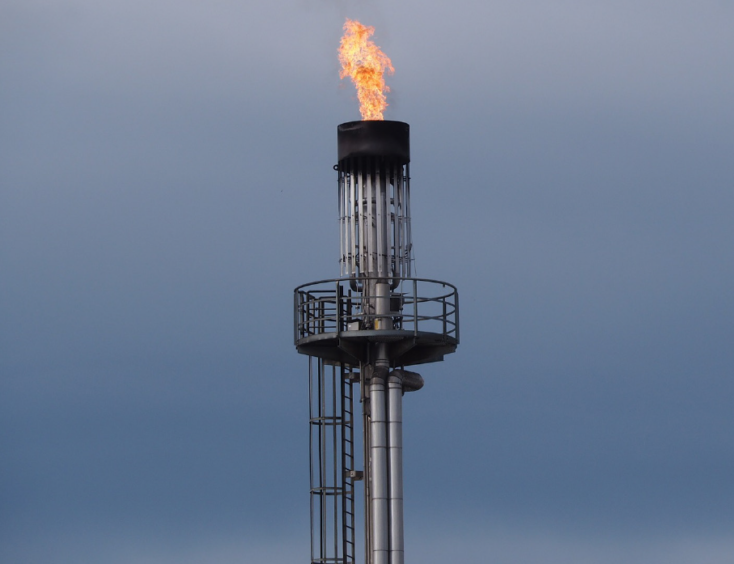
The seven majors must cut production by 35% by 2040, and emissions by 40%, if the world is to warm by only 1.6 degrees Celsius, according to a new report from Carbon Tracker Initiative.
“The majors must cut production by one third over next two decades,” Carbon Tracker’s Mike Coffin, one of the authors of the “Balancing the Budget” report, told Energy Voice. Based on how the International Energy Agency’s (IEA) Beyond 2 Degrees Scenario (B2DS), the report reveals there is little scope for new projects to be approved.
Under this scenario, oil demand will begin declining imminently, while gas will peak in about 10 years. “The majors have talked about a shift to gas but this is not a magic answer. There’s still a real risk of them being stranded,” Coffin said, given that such projects typically have a lifespan of more than 20 years.
Higher cost sources of supply will be more exposed than those lower down the curve because of reduced demand. Some companies must take greater steps than others. ConocoPhillips must reduce its emissions by 85% of 2019 levels, the report said, while Shell’s emissions would need to be trimmed by 15%.
Conoco faces particular pressure to curb output, if the world is to achieve the B2DS, because of its focus on “rapidly declining shale and tight liquids production”. The company has sold down its oil sands projects in Canada but expects its emissions intensity to increase to 2030.
Taking a sceptical stance on breakeven prices for shale projects, “we do not see such projects as being particularly advantaged in the energy transition”, the report said. Around 25% of Conoco’s production comes from shale and tight liquids, while the majors more generally have exposure to this sector of only 7%.
“We believe [the seven companies] should target absolute reductions as it’s the total amount of emissions that matter,” Coffin said, which is to say that investments in renewables should not be allowed to offset companies’ oil and gas projects.
The carbon accounting by the companies lacks transparency in a number of areas. Eni, for instance, is targeting a 43% reduction in emissions intensity by 2024, the report said, but this only covers those projects that are wholly owned and operated by the company. Based on Rystad Energy’s data, this is only 10% of the company’s total output.
The analyst also made the case for majors to include Scope 3 emissions in their accounting, and not just on an intensity basis, which would see them accept responsibility for the way in which their production is consumed.
“The majors have made the case that the rate of return for renewable projects is not there, but we don’t think it’s realistic that returns will remain at more than 15% from oil projects. The risks are growing of stranded assets and there’s a growing risk premium that needs to be accepted for investing in hydrocarbons,” the Carbon Tracker official said. Renewables projects, meanwhile, tend to be structured like power deals so offer long-term stability.
“Do the majors have the capacity to change? It’s a big challenge,” Coffin said. “Those that act now and focus on low-cost projects can get smaller and still maximise shareholder value. Business as usual risks an inevitable policy response.”
